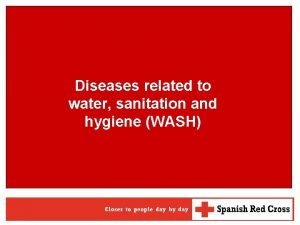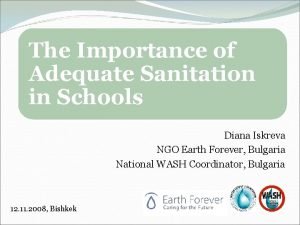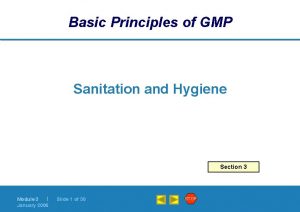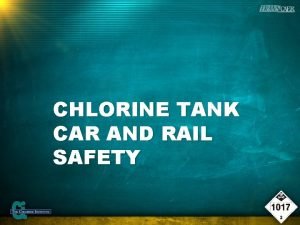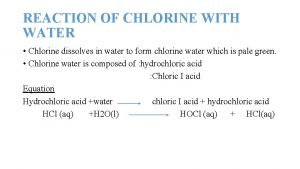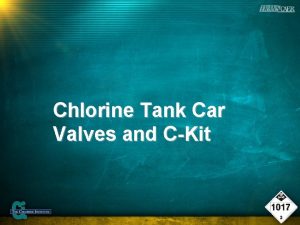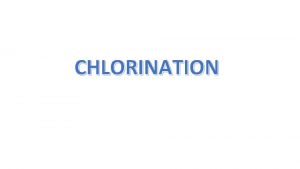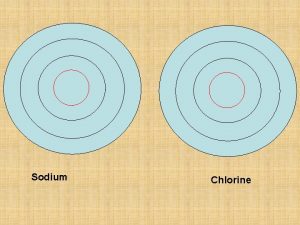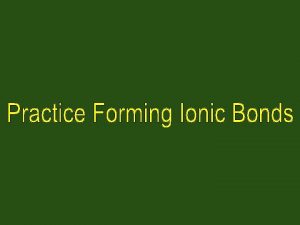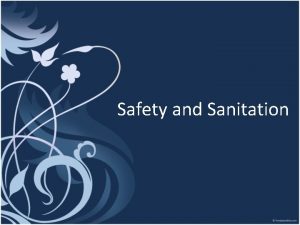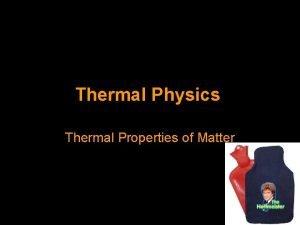1 CONTENTS Sanitation Thermal sanitation Chemical sanitation Chlorine










- Slides: 10

1

CONTENTS • Sanitation • Thermal sanitation • Chemical sanitation ü Chlorine releasing compound ü Quats ü Iodophores • Irradiation 2

PLANT SANITATION… Definition • Reduction of microorganisms to a level considered safe from a public health point of view • According to Association of Official Analytical Chemists üsanitizing of food product contact surfaces is a process which reduces contamination level by 99. 999% in 30 sec üThe standard test organisms used are Staphylococcus aureus and Escherichia coli 3

PLANT SANITATION Sanitation could be employed in the form of Thermal sanitation Chemical sanitation Irradiation 4

THERMAL SANITATION • It is the use of hot water or steam at a specific temperature for precise length of contact time • Dry heat( hot air) is less effective than wet heat( steam or hot water) • Hot water is useful for sanitizing food plants because appreciable quantities of bacteria are also removed by this action • Steam is used for sanitizing storage tanks, pipelines and vessels • Steam jets are used both interior and exterior sanitizing of plants 5

THERMAL SANITATION… • Thorough cleaning of equipment before heat sanitation is essential, otherwise food soils on contaminated surfaces can be baked on to plant surfaces 6

CHEMICAL SANITATION • The use of an approved chemical agent at a particular concentration for a specific time period • It is very convenient to use for cleaning in place systems • They can be used in cold dilute solutions in order to prevent the corrosion of food plant material 7

CHEMICAL SANITATION… • Most commonly used chemical sanitizers are 1. Chlorine releasing compounds 2. The quanternary ammonium compounds 3. Iodophores 4. Amphoteric or acid anionic santizers 8

IRRADIATION… • The use of ionic radiations of specific wavelength for precised length of time • UV rays having wavelength from 13. 6 to 400 nm are used to disinfect surfaces of equipment • UV rays having wavelength of 200 to 280 nm are used in food processing plants to inactivate microoagnisms 9

10
 Section 3 using thermal energy worksheet answer key
Section 3 using thermal energy worksheet answer key Thermal transfer vs direct thermal printing
Thermal transfer vs direct thermal printing Chapter 7 review chemical formulas and chemical compounds
Chapter 7 review chemical formulas and chemical compounds Chapter 18 chemical reactions balancing chemical equations
Chapter 18 chemical reactions balancing chemical equations Section 2 reinforcement classifying chemical reactions
Section 2 reinforcement classifying chemical reactions Chemical reactions section 1 chemical changes
Chemical reactions section 1 chemical changes Chemical reactions section 2 classifying chemical reactions
Chemical reactions section 2 classifying chemical reactions Chapter 7 review chemical formulas and chemical compounds
Chapter 7 review chemical formulas and chemical compounds Sanitation and hygiene
Sanitation and hygiene Sanitation importance
Sanitation importance Gmp sanitation and hygiene
Gmp sanitation and hygiene








